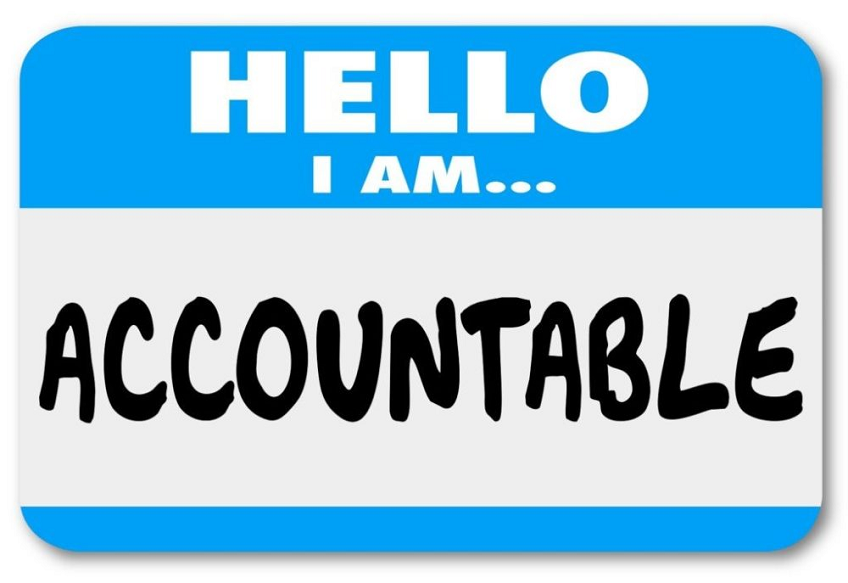As the economy begins to rebound and more opportunities become available, many companies will be faced with the harsh reality of losing their brightest stars. Worn down from increased workloads and fewer perks and growth opportunities, high potential employees will be quick to answer the call to greener pastures.
Companies succeed in large part because of strong leadership. And yet, according to a recent ASTD (American Society for Training and Development) study, less than half of the companies surveyed had plans in place to ensure ongoing leadership strength. Of those who did have succession plans in place, only 14% characterized their succession plans as effective.
Effective succession planning involves four key steps:
- Identify the critical talent needed – key skills and competencies
- Create individual development plans for high potential employees, based on the key skills and competencies needed, and connect those plans to corporate goals
- Communicate the succession plan to targeted individuals so they know they have a stake in the future of the company and vice versa
- Validate and improve the program through employee feedback and measurable results
As companies focus less on how to survive and more on how to thrive, succession planning becomes a key strategic lever. Knowledge and wisdom from leaders need to be transferred to those on the bench. High potential employees need to be retained and developed to guide the organization to the next level. And a plan for continually supplying the leadership pipeline needs to become a part of the culture.
Succession planning is not a nice to have. It is a must have.
Till next time,
Karen









